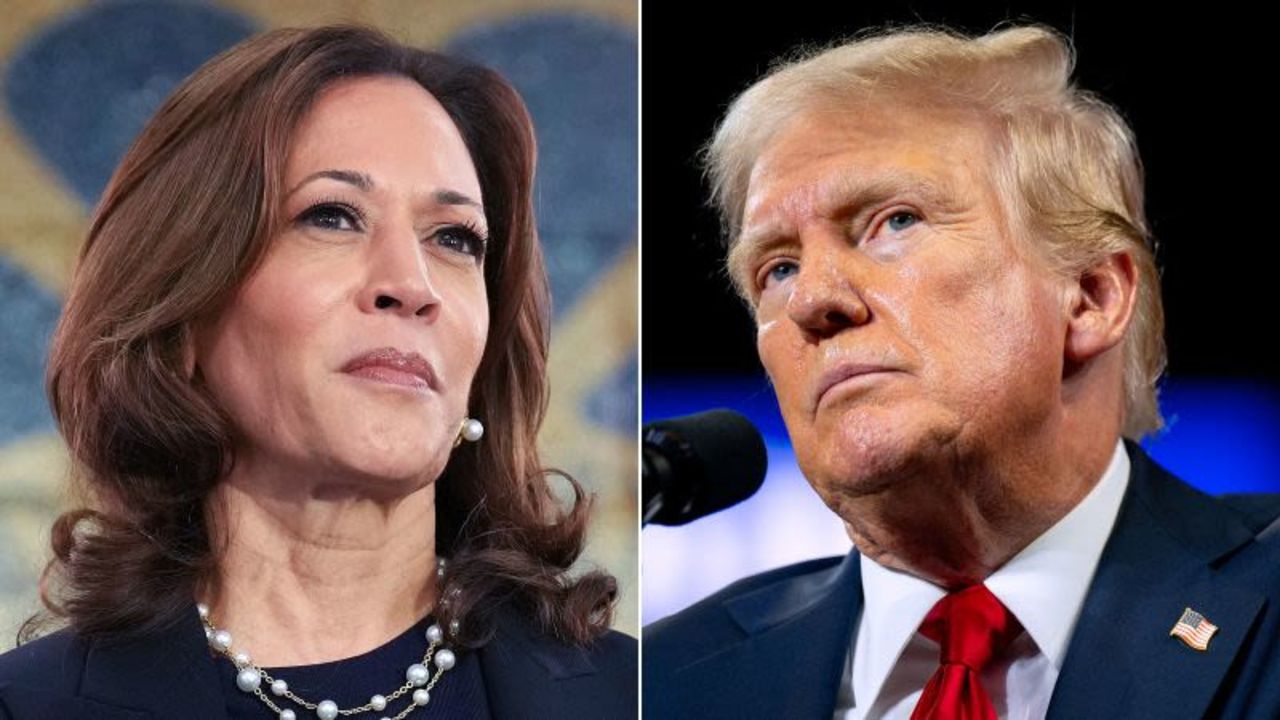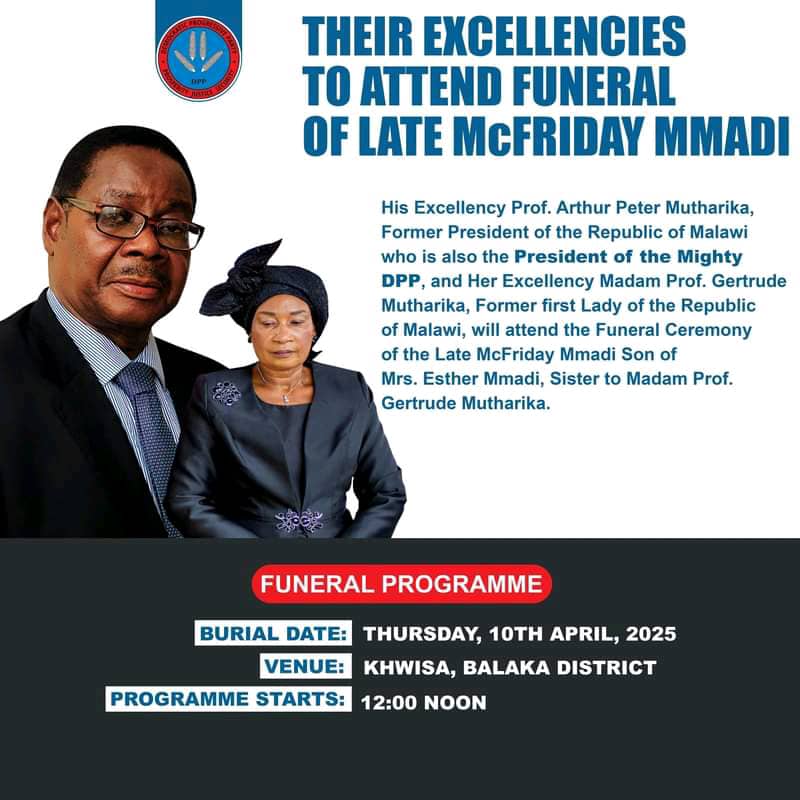By Burnett Munthali
As the clock ticks down to Election Day, the race between Vice President Kamala Harris and former President Donald Trump remains fiercely competitive. With only ten days left, both candidates are intensifying their campaigns in key battleground states, setting the stage for a potentially close election.
Recent polling data indicates a tightly contested race. According to a New York Times/Siena College poll conducted from October 20 to 23, Harris and Trump are tied nationally at 48% each, with 4% of voters still undecided. Notably, Harris enjoys a significant lead among female voters, capturing 54% compared to Trump’s 42%. However, Trump compensates for this by garnering 55% of male voters against Harris’s 41%.
Demographic insights reveal further nuances. Among younger voters aged 18 to 29, Harris has the advantage, with 55% support versus Trump’s 43%. In contrast, Trump leads among voters aged 45 to 64, holding 51% against Harris’s 44%.
While Harris’s support among younger demographics is encouraging, a troubling statistic emerges: 61% of respondents believe the country is on the wrong track, which could pose a significant challenge for her campaign.
The FiveThirtyEight poll tracker, which aggregates multiple national polls, indicates a narrower lead for Harris at 48% compared to Trump’s 46.6%. This slight lead has decreased from 1.8% earlier in the week, highlighting the volatility in voter sentiment as the election nears.
The ultimate victor will be determined by the Electoral College, which reflects outcomes in individual states rather than national popular vote totals. Seven swing states—Arizona, Georgia, Michigan, Nevada, North Carolina, Pennsylvania, and Wisconsin—will be critical, accounting for 93 electoral votes.
FiveThirtyEight’s polling averages suggest that Trump has a slight edge in North Carolina (1%) and Arizona (2%), while Michigan, Nevada, Pennsylvania, and Wisconsin show tight margins, with results within the margin of error.
Both candidates are ramping up their campaign efforts. On Friday, Harris campaigned in Houston, Texas, alongside celebrities like Beyoncé and Kelly Rowland, emphasizing her commitment to reproductive rights. Texas, a Republican stronghold since 1976, may seem an unlikely target for Democrats, but it provides a potent platform for Harris to mobilize support on critical issues.
In contrast, Trump utilized his time in Texas to appear on “The Joe Rogan Experience,” one of the most popular podcasts in the United States. His engagement with Rogan’s vast audience—predominantly male and younger—could help him connect with potential voters who resonate with his messaging. Trump followed this with a rally in Michigan, where he targeted Harris’s struggles among Arab American voters. An Arab News/YouGov poll suggests Trump holds a 45% to 43% lead among this demographic, emphasizing Harris’s potential vulnerabilities.
In the coming days, Harris is set to rally in Kalamazoo, Michigan, with former First Lady Michelle Obama. This collaboration aims to energize female voters and leverage Michelle Obama’s influence in the campaign’s final stretch. Notably, this will be Michelle Obama’s first appearance on the campaign trail for Harris, underscoring the significance of this event.
Trump, meanwhile, is slated for multiple events in Pennsylvania after a stop in Michigan, with his running mate, JD Vance, also making appearances in crucial areas.
With just ten days until Election Day, the race between Kamala Harris and Donald Trump is too close to call. As both candidates pivot to focus on swing states and refine their strategies, the dynamics of voter turnout, demographic support, and emerging issues will ultimately shape the outcome. Polling data, while informative, serves as a reminder of the unpredictable nature of electoral politics in the United States.




